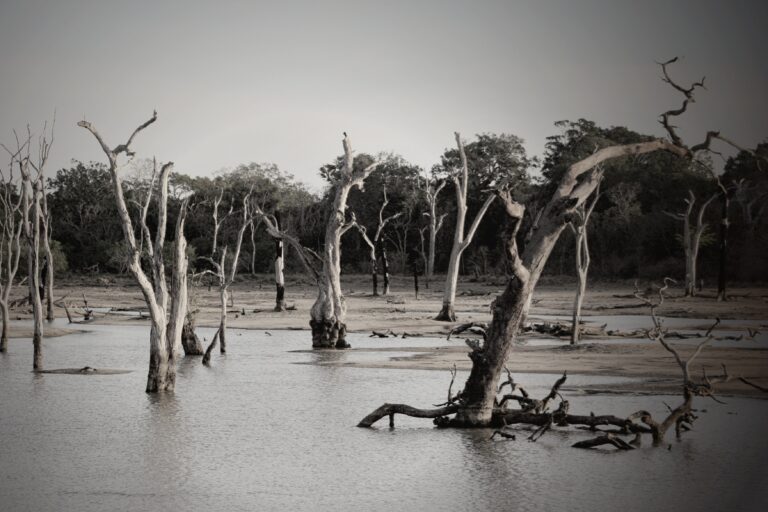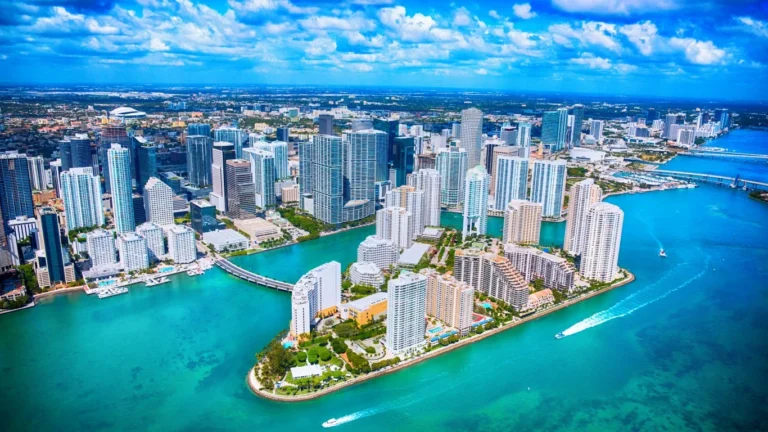More Than 3 Million US Homes May Soon Be At High Flood Risk

Each of the 10 hottest years on Earth since 1850 were within the last decade – including 2023, which was the hottest year on record by a wide margin. This warming trend will continue into the foreseeable future, as it is a virtual certainty that average global temperatures in 2024 will soon rank among the highest in history, according to the National Oceanic and Atmospheric Administration.
The consequences of a warming planet are varied, and many likely remain unknown. But one of the most predictable eventualities, and one of the most daunting, is sea level rise.
According to a 2022 report from the National Ocean Service, greenhouse gas emissions that have already been released into the atmosphere will likely result in 2 feet of sea level rise along the U.S. coast by the end of the century. The same report also found that if future emissions are not meaningfully reduced, sea levels could rise by as much as 7 feet in the next 75 years.
The United States has nearly 100,000 miles of coastline, much of which is highly sought after residential real estate. According to the U.S. Geological Survey, coastal areas are home to over 40% of the U.S. population. But even though the risks posed by rising sea levels are well established, in much of the country, demand for waterfront property remains high – and that demand is fueling a surge in development of vulnerable, low-lying coastal land.
A 2019 report from the Princeton-based non-profit research group Climate Central, and real estate data company Zillow, found that residential development in high-risk flood zones is outpacing new home construction in safer areas in many coastal cities and states.
According to the report, approximately 17,800 homes were built in the U.S. between 2010 and 2017 in areas that will have a 10% annual flood risk by 2050, even with moderate greenhouse gas emission reductions. The problem is especially pronounced in New Jersey, where over 4,524 homes – valued at an estimated $4.61 billion – were built in a high-risk zone between 2010 and 2017, nearly three times the residential construction volume in safer areas within the state. The New Jersey cities with the most new development in high risk areas include Ocean City, Beach Haven West, North Beach Haven, and Avalon.
Other states where over 1,000 new homes have been built in areas that will be at high-risk of flooding by 2050 include Delaware, Florida, North Carolina, South Carolina, and Texas.
Of course, these projections assume a moderate reduction in emissions as outlined in the Paris Agreement – but such an outcome is anything but certain. If pollution is not reduced in the coming years, the number of American homes built between 2010 and 2017 that are at high-risk of flooding would increase by 8% by 2050.
In a high-emissions circumstance, the total number of all existing U.S. homes with a 10% annual flood risk would top 3.4 million by the end of the century. According to the report, the combined value of these homes is estimated at nearly $1.8 trillion, equal to about 9% of U.S. gross domestic product.
More from ClimateCrisis 247
- Africa’s Air Condition Ruining Environment
- The World Breaks Hottest Day Record Two Days In A Row
- Next Tropical Storm Will Be Named “Chris”
- Phoenix To Be Above 110 Degrees Extreme Heat All Week






